English | Dutch |
|
| Transnistria, renegade Moldovan province | |
Carta (Romania), July 23rd 2014
|
|
| |
|
Moldova is undoubtedly one of the least known countries in Europe. It is sandwiched between Romania and Ukraine, and that it was once part of the Soviet Union, is what most people only know about the country. The present Republic of Moldova is in an area which was in former times very often the scene of struggles between different parties. The area belonged some times to the Turks, then the Romanians again and then back into the hand of the Russians. Historically seen, present day Moldova is split into two parts. On the one hand is the former so-called Bessarabia, whose boundaries were formed by the rivers Prut and the Dniester, the Danube Delta and the Black Sea, and which partly belongs to Ukraine nowadays. The other part of the contemporary Moldova comprises Transnistria that only during the Soviet era was added to Moldova. |
|
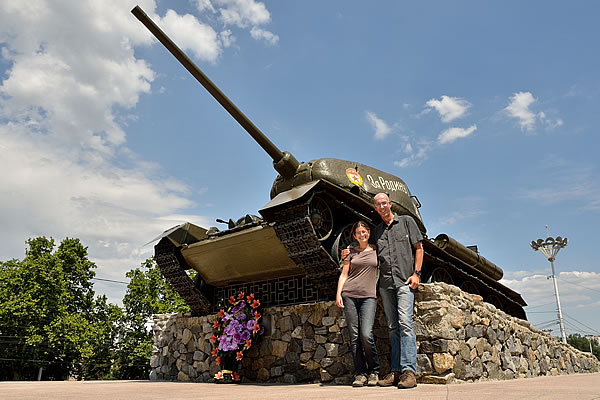 |
|
War memorial in Tiraspol |
|
After the fall of the Soviet Union, the borders as fixed by the Soviets, were maintained, to the displeasure of the Transnistrians, who promptly after the proclamation of the independence of Moldova, took up the weapons to fight for their own independence. After a bloody war of several years, in which the Transnistrians were supported by the Russians, a truce was agreed which is still in force. Transnistria sees itself historically not connected to the other part of Moldavia, and above all, that’s the way they want to keep it. The biggest difference between these two parts of Moldova is undoubtedly the direction they look. Where Moldovans on the western side of the Dniester River want to be eventually part of the European Union, the Transnistrians lean towards the Russians. There are even forces in Transnistria which are working on integration into the Russian Federation. However, the region isn’t formally recognized by anyone, and that means that Transnistria is formally still a province of Moldova. The Russians, however, have a thick finger in the porridge, which is proven by the presence of the Russian army in Transnistria. Russian tanks and soldiers in Russian army uniforms are not a rarity in this tiny little state. Many travel books describe Transnistria still as an open-air Soviet Museum and a place of fierce communist resistance where time has stood still. Unfortunately for us as a traveller, but certainly not for the people of Transnistria, it is not true anymore. Nowadays, Transnistria looks like the rest of Moldova, apart from a few typical Soviet relics such as war memorials and Soviet-style statues and buildings. | |
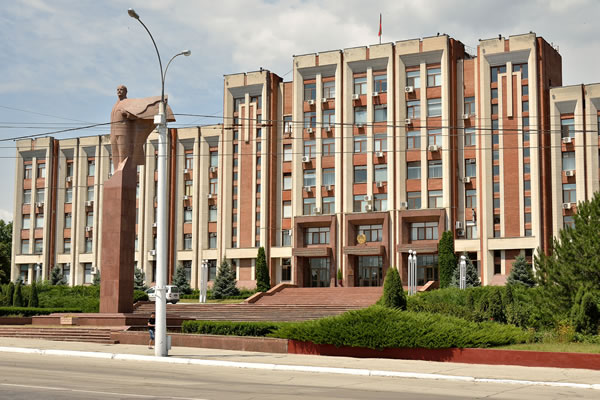 |
|
The parliament building of Transnistria in Tiraspol with a Lenin statue in front of it |
|
Transnistria is seen by many as an area ruled by thugs. The clan around former President Smirnov rules pretty much the whole economy, which is mostly underground. Trafficking in arms and women seem to be the most profitable activities in their ‘business’. And there where the activities of these cowboys reveal themselves to the public, it has a name: Sheriff (no, this is not a joke!). The 'conglomerate' Sheriff has almost a monopoly on everything in Transnistria. For example, there are Sheriff supermarkets, Sheriff gas stations, Sheriff publishers, Sheriff Hotels and a Sheriff Mercedes dealership. There is even a local football club called FC Sheriff, who has made it to the UEFA Europe League thanks to the capital injections of the cowboys. Sheriff maintains warm relations with the government. Sheriff has given its full support to the government, and in return the company gets profound reductions on import and export taxes from the customs. Anyway, these discounts had undoubtedly been there anyway for Sheriff, because the head of customs in Transnistria is also a Smirnov. Yes, a son of the great villain himself. This is how it works in Russian satellite states.
|
|
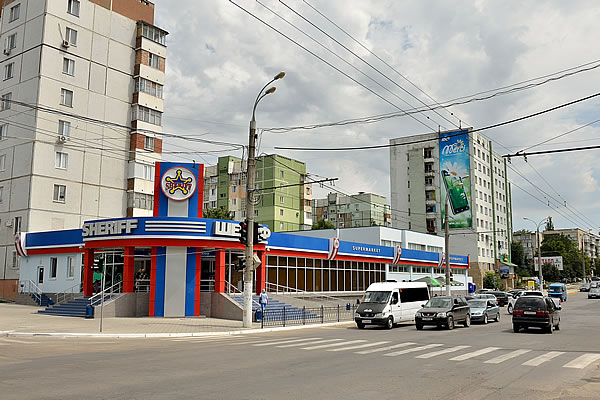 |
|
A Sheriff supermarket |
|
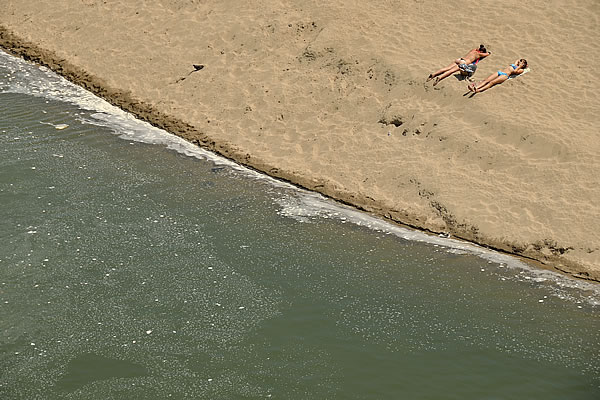 |
|
Local ladies sun bathing on the bank of the polluted Dniester River in Tiraspol |
|
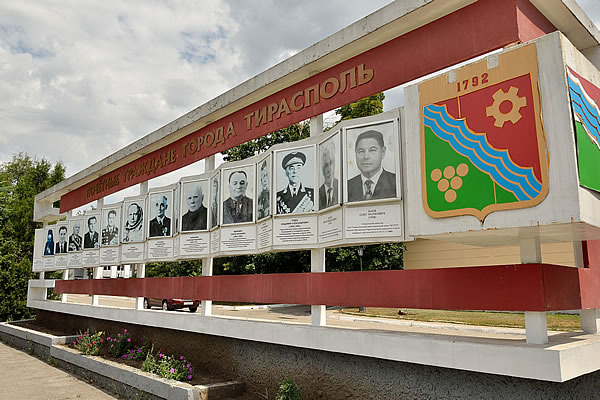 |
|
Local Tiraspol heroes honoured near Tiraspol's city hall |
|
 |
|
Vendor near the fresh produce market |
|
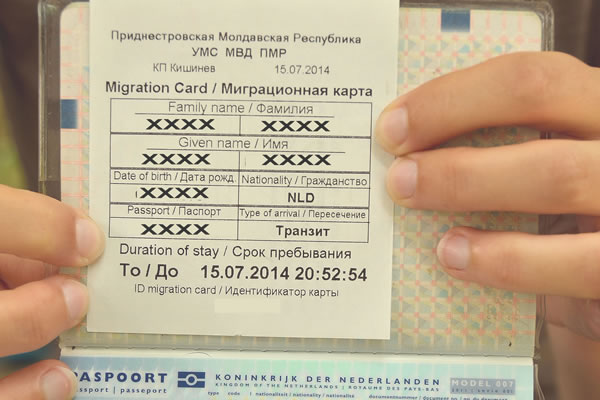 |
|
Transit visa as issues at the Transnistrian borders with a time stamp |
|